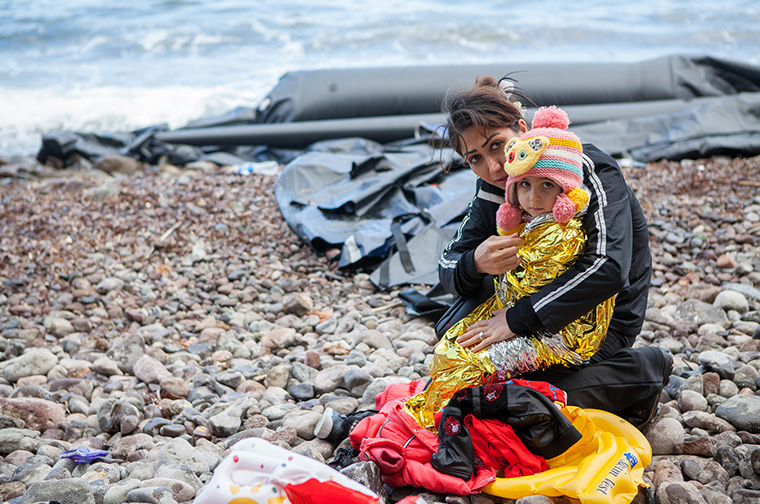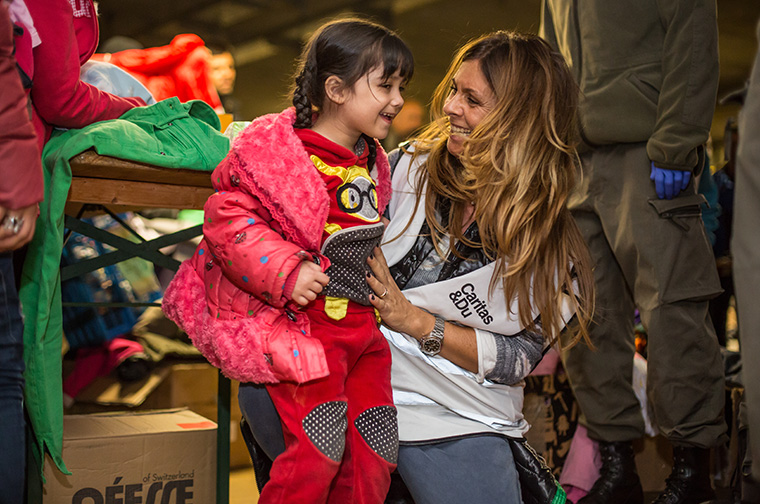Why PIER?
Forced to Flee: Challenges and Chances
Over one million refugees and migrants have made the perilous journey across the Mediterranean Sea to Europe in 2015. One in four were children. This constitutes one of the largest movements of displaced people across European borders since World War Two.
 © Ben White, CAF
© Ben White, CAF
Starting from 2015, we have faced one of the largest movements of displaced people across European borders since World War Two. Armed conflicts, war, terror, oppression, poverty and famine have dramatically increased the number of people forced to leave their home countries. Their journey is driven by the hope to find a safe place to live: A place where their lives and the lives of their children and loved ones are not in immediate danger; a place where they can feel safe. These people risk everything trying to reach a safe haven, either by coming from the Middle East through Turkey or by crossing the Sahara desert, and then the Mediterranean Sea in makeshift vehicles. The “lucky ones” manage to reach the coasts of Italy or one of the many Greek islands like Chios, Samos or Lesvos. In 2016, the numbers of refugee arrivals started to slightly decrease in the EU as a whole, but were still rising in some countries. In 2017, the numbers of refugees arriving in Greece decreased, while the number of those reaching Europe via Italy increased in comparison to 2016.
Children, youth, young adults, as well as vulnerable families are in particular need of special protection, psychosocial support and tailor-made education programs. They are deeply traumatized from witnessing the conflicts that wreck their home countries, leaving their friends and families behind. In addition, they are often exposed to re-traumatizing experiences during their dangerous journey to Europe at an early stage in their lives. Some of them lost their family on the way. Some of them have never visited a school. Education, qualification and support in these fields are essential to guarantee sustainable integration and to help them lead a fulfilled and independent life one day.
 © Philipp Benedikt
© Philipp Benedikt
In order to build a good future for the majority population in the host countries as well as for the refugees and migrants, integration programs are of crucial importance: Integration has to start from the very beginning of being welcomed into the host country and is a challenging and ongoing process that requires a long-term strategy and involvement of many different stakeholders. After the basic needs of food and housing are covered, the newly arrived have to be guided through the new and unknown language, society and culture – more so when persons are traumatized. Only regular contact to the majority population can prevent ghettoization and fight prejudices on both sides. Of course integration measures have to meet the needs of the respective target groups.
In order to provide asylum seekers and migrants the support and assistance they need, Caritas Austria, Caritas Italiana (PIER implementing partner until February 2019) and ARSIS Greece developed the PIER Program (Protection, Integration and Education for Refugees in Greece, Italy and Austria) that is supported by The Coca-Cola Foundation and reached more than 23,000 beneficiaries since its start in January 2017.